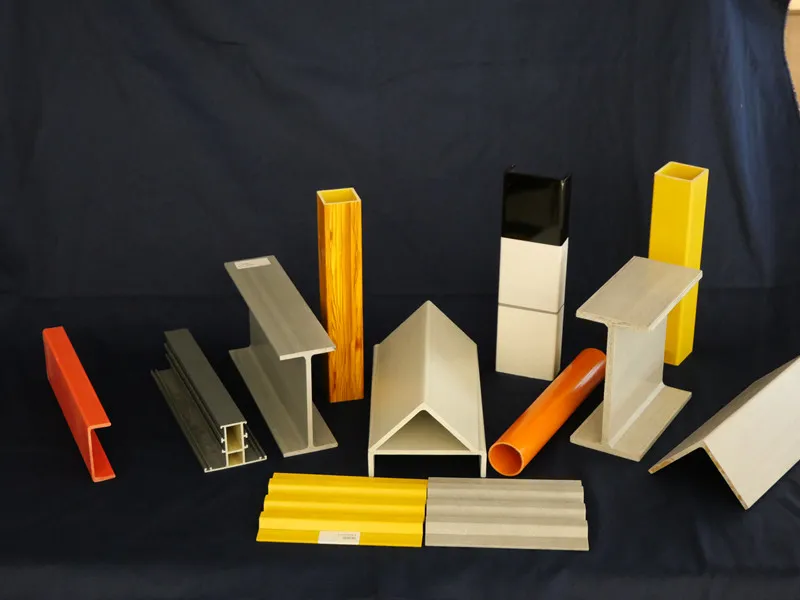FRP Composites: Driving Sustainable Innovation Across Industries
2024-10-21
Fiber Reinforced Polymer (FRP) materials are reshaping industries with their superior strength, lightweight properties, and resistance to corrosion. Recent breakthroughs in FRP technology are fueling growth in construction, aerospace, and automotive sectors, enabling sustainability alongside performance.
Sustainable Infrastructure Solutions
In infrastructure, FRP has transformed pedestrian bridge designs. Projects in the Netherlands replaced traditional concrete decks with FRP, cutting installation time by 40% while reducing maintenance. FRP’s corrosion resistance and lightweight characteristics contributed to faster assembly and lower project emissions.
Aerospace Innovation
FRP materials are also redefining aerospace engineering. Carbon Fiber Reinforced Polymer (CFRP), featured in Boeing’s 787 Dreamliner and Airbus’A350, has reduced aircraft weight by up to 20%, resulting in greater fuel efficiency, lower emissions, and significant cost savings. These advancements support aviation’s sustainability goals without compromising safety.
Automotive Lightweighting
In the automotive sector, FRP is driving lightweighting efforts. BMW, for instance, incorporated CFRP into its i3 and i8 models, achieving a 50% reduction in vehicle weight. This innovation enhances fuel efficiency and extends the driving range of electric vehicles (EVs), a critical factor as the industry shifts toward greener alternatives.
Environmental and Manufacturing Innovations
FRP’s sustainability isn’t limited to its applications but extends to its production. Manufacturing processes like pultrusion consume less energy and produce minimal waste compared to steel or aluminum. Automated production lines enhance material efficiency, ensuring FRP remains a top choice for industries pursuing eco-friendly, high-performance solutions.
As industries embrace greener technologies, FRP composites are poised to play a pivotal role, offering strength, durability, and environmental benefits. From infrastructure to aerospace and automotive, FRP continues to drive innovation and sustainability, making it a material of the future for industries striving to balance performance with eco-conscious design.





